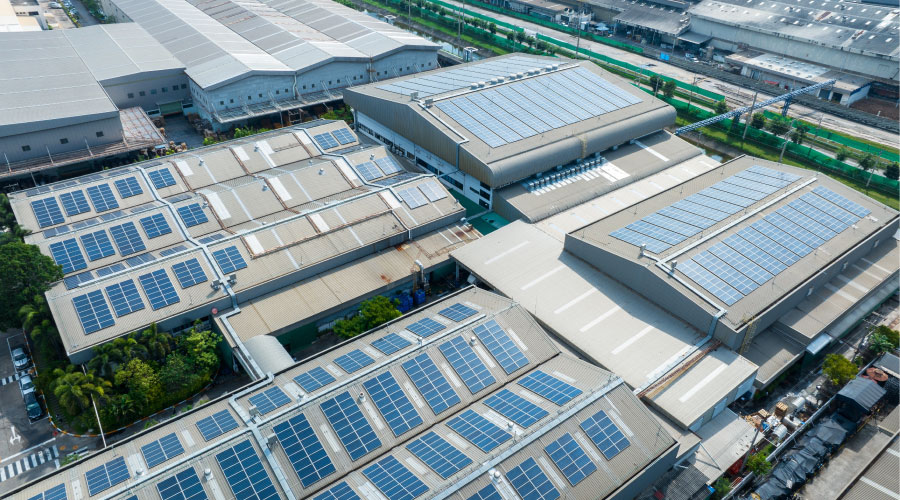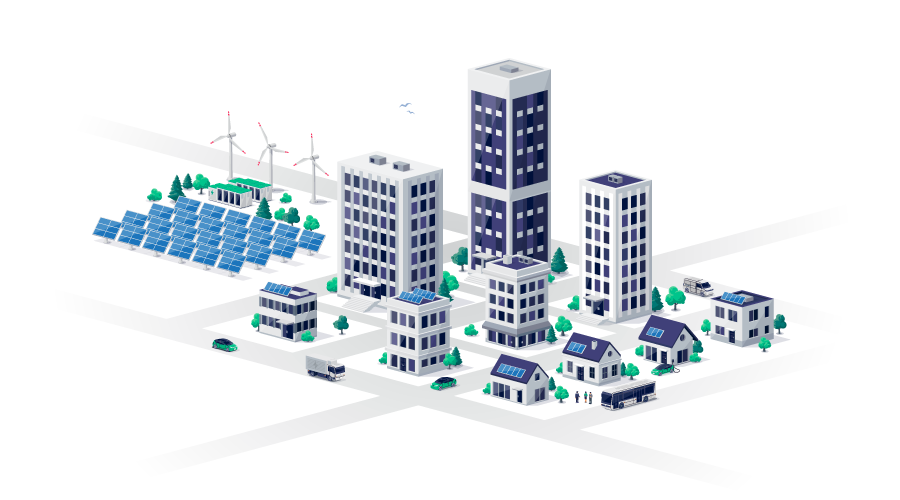The Technology of Sustainability Reporting
2010 and 2011 were important years for energy management and monitoring. In a two-year time frame, we saw nine states and six cities embrace mandatory energy-benchmarking legislation and policies.
Three additional states and 12 cities introduced voluntary-disclosure programs that address the need to decrease energy use to fuel a growing population and environmental concerns related to pollution and greenhouse gases. The idea behind mandatory reporting is that it will provide transparency within the marketplace that will influence improvements in building operations.
In the federal government sector, several executive orders pertain to sustainability. As of 2011 federal government agencies have been required to develop, implement, and annually update sustainability plans. The plans must address energy-reduction goals, increasing use of renewable energy, and decreasing greenhouse gas emissions.
There are other drivers beyond government mandates. Monetary influences are at work. In the private sector, more investors require that companies they support demonstrate a commitment to the financial aspects of business, as well as the environmental and social factors — the triple bottom line. Through policies governing corporate social responsibility, companies link their actions to positive impacts on employees, consumers and clients, the community, and the environment.
Increasing Efficiency
Within institutional and commercial facilities, maintenance and engineering managers are the stewards of buildings and the resources they use. As managers of the built environment, they must integrate the principles their organizations embrace to run their facilities efficiently.
Whether by government mandate or investor requirement, they are also under increasing pressure to monitor and report building energy efficiency as they balance financial, social, and environmental demands. Managers also are in a unique position to measure, monitor, and decrease consumption by conserving these resources and reducing operational costs through increased efficiency.
Energy is the largest controllable operational cost in buildings. U.S. buildings account for more than 40 percent of total energy consumption and about 72 percent of electricity consumption, according to the National Institute of Standards and Technology. If current trends continue, it is estimated that buildings will be the largest consumers of global energy by 2025.
Energy-reporting requirements operate at a building level. From a reporting perspective, this is relatively straightforward information to obtain and typically comes from energy bills. Tracking and monitoring can be more difficult. Managers can use many tools, from simple spreadsheets to sophisticated energy-management systems, to monitor energy use at a detailed level.
From a benchmarking perspective, Energy Star Portfolio Manager has been a favorite tool. It provides straightforward tracking capability and, for eligible buildings, can provide a benchmark comparison against peer facilities.
Determining energy consumption of specific building systems can be a challenge. With the exception of production facilities and other unique equipment uses, the largest portion of energy in commercial buildings is used for heating and cooling, followed by building lighting.
Unless you are fortunate enough to have sub-meters, determining the exact way your building uses energy can be difficult. Fortunately, new developments in metering technology allow for cost-effective sub-metering, which in turn help managers identify opportunities for improvement and the impact of measures they implement.
Consider wireless metering. Several devices on the market can be installed as standalone meters or as part of existing meters, allowing users to monitor energy use through a network interface. Power panels and HVAC equipment can be monitored wirelessly. If you are a tenant, wireless meters might be your next best friend. Monitoring electrical panel loads might not be practical, but you might be able to monitor your HVAC equipment to better manage heating and cooling energy by connecting wireless meters to mechanical equipment.
Related Topics:












